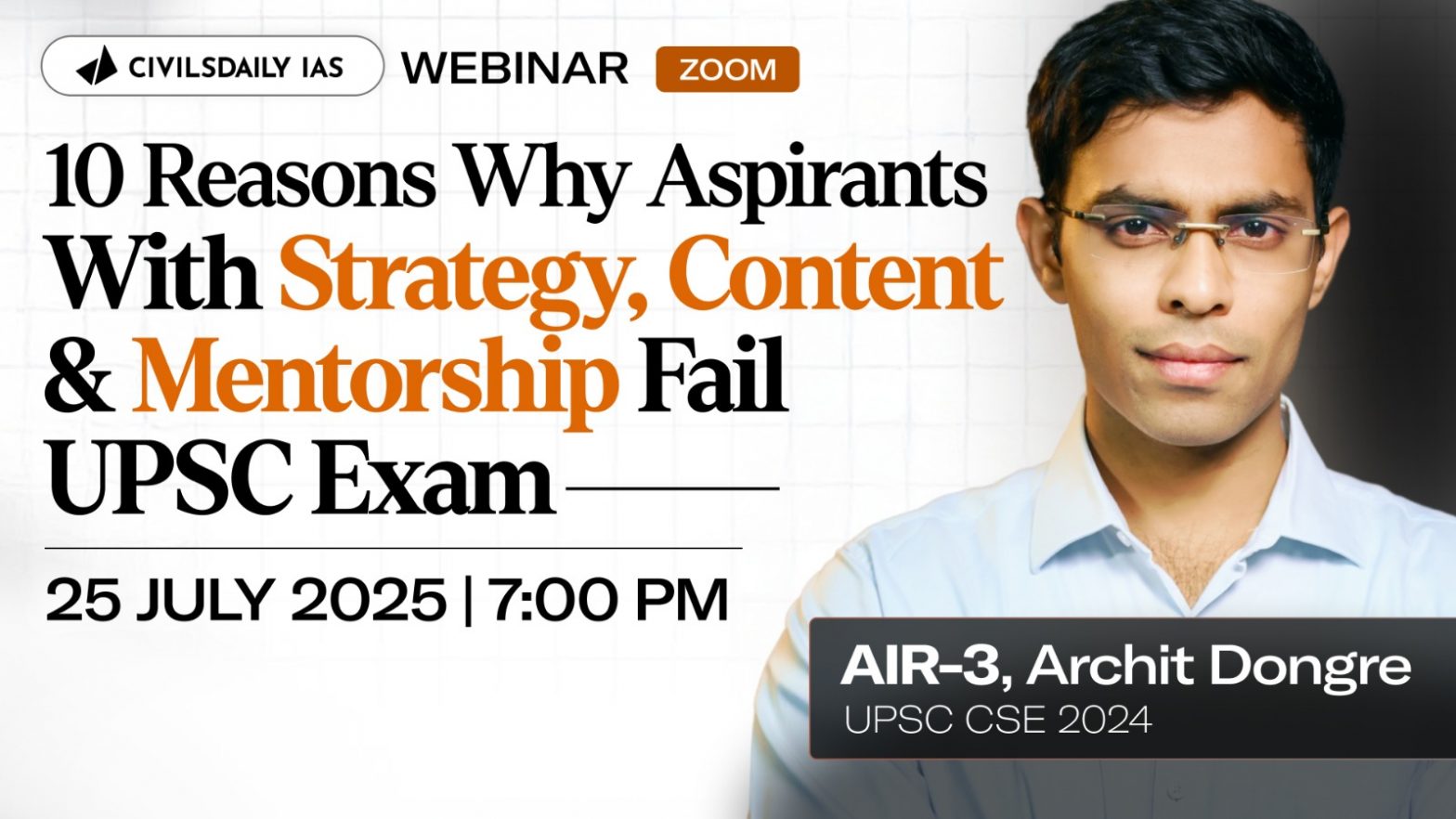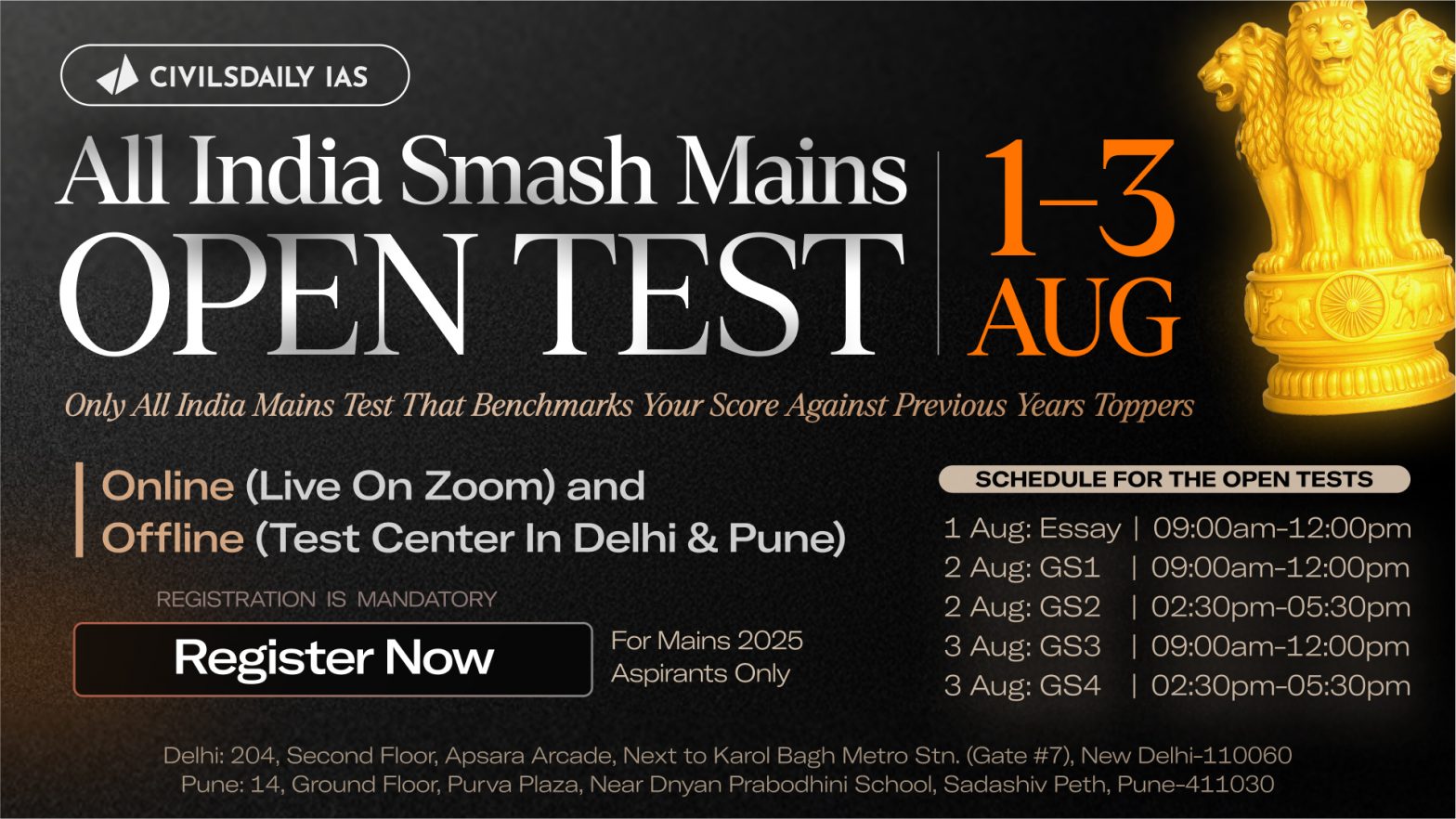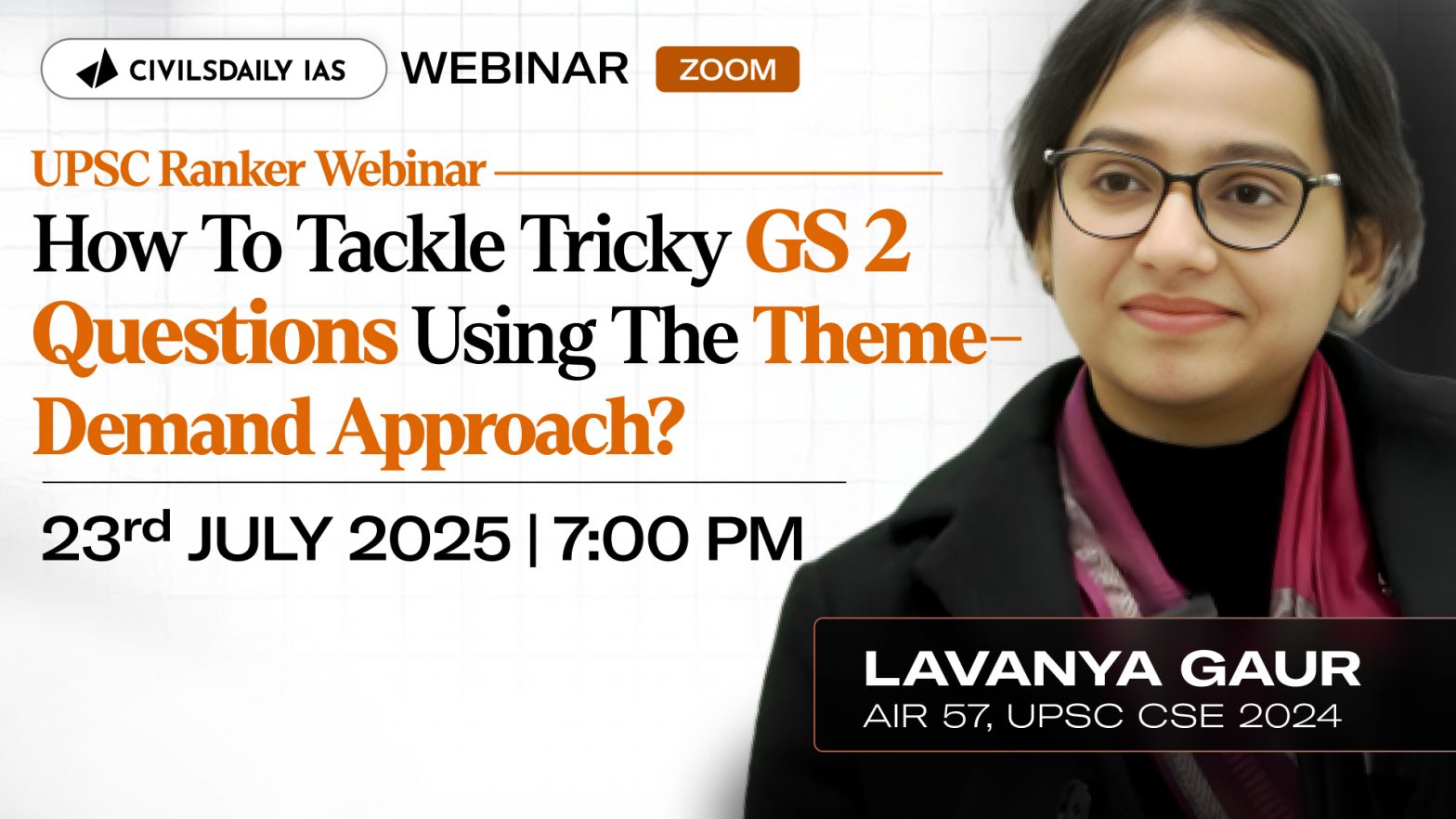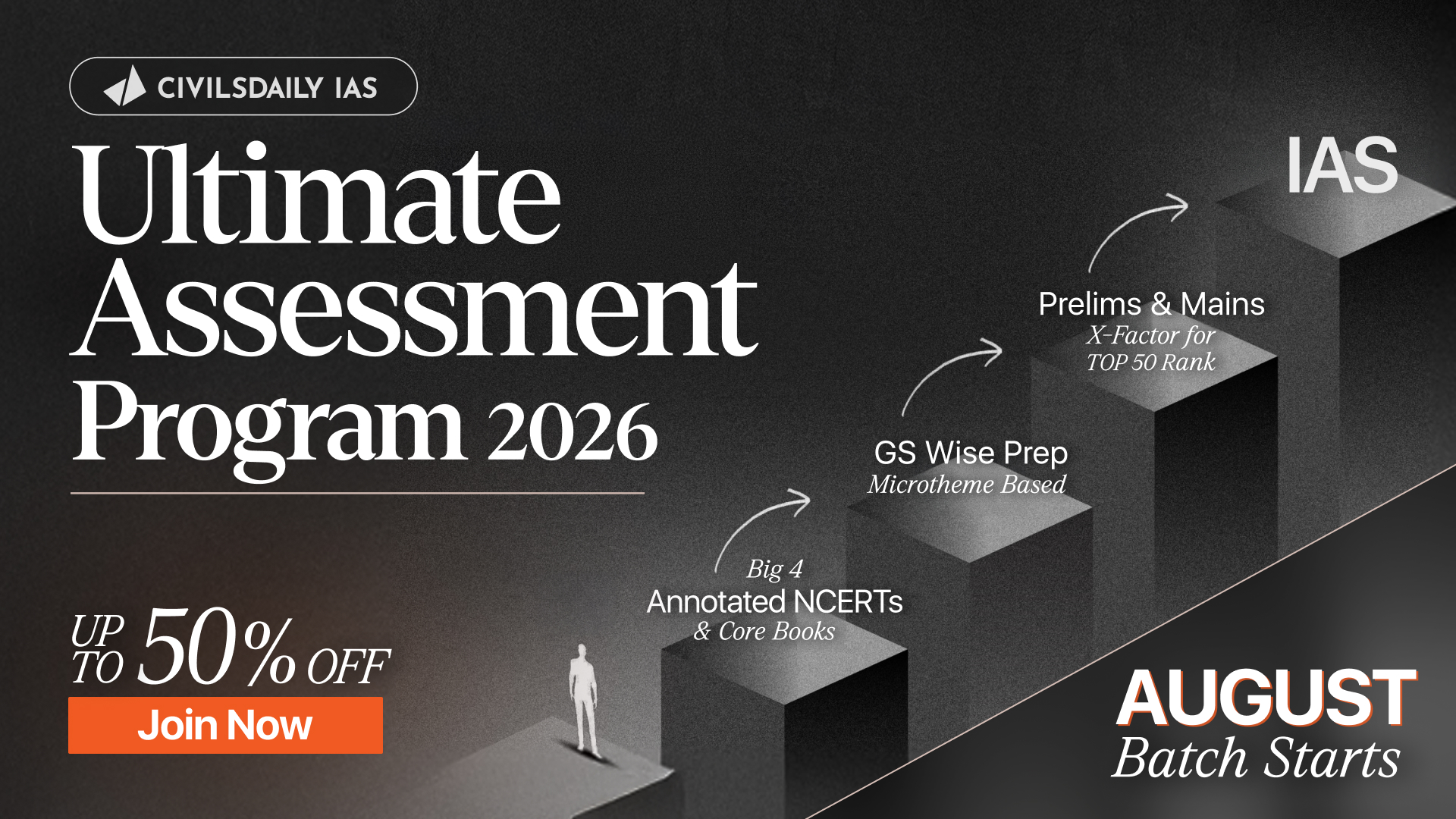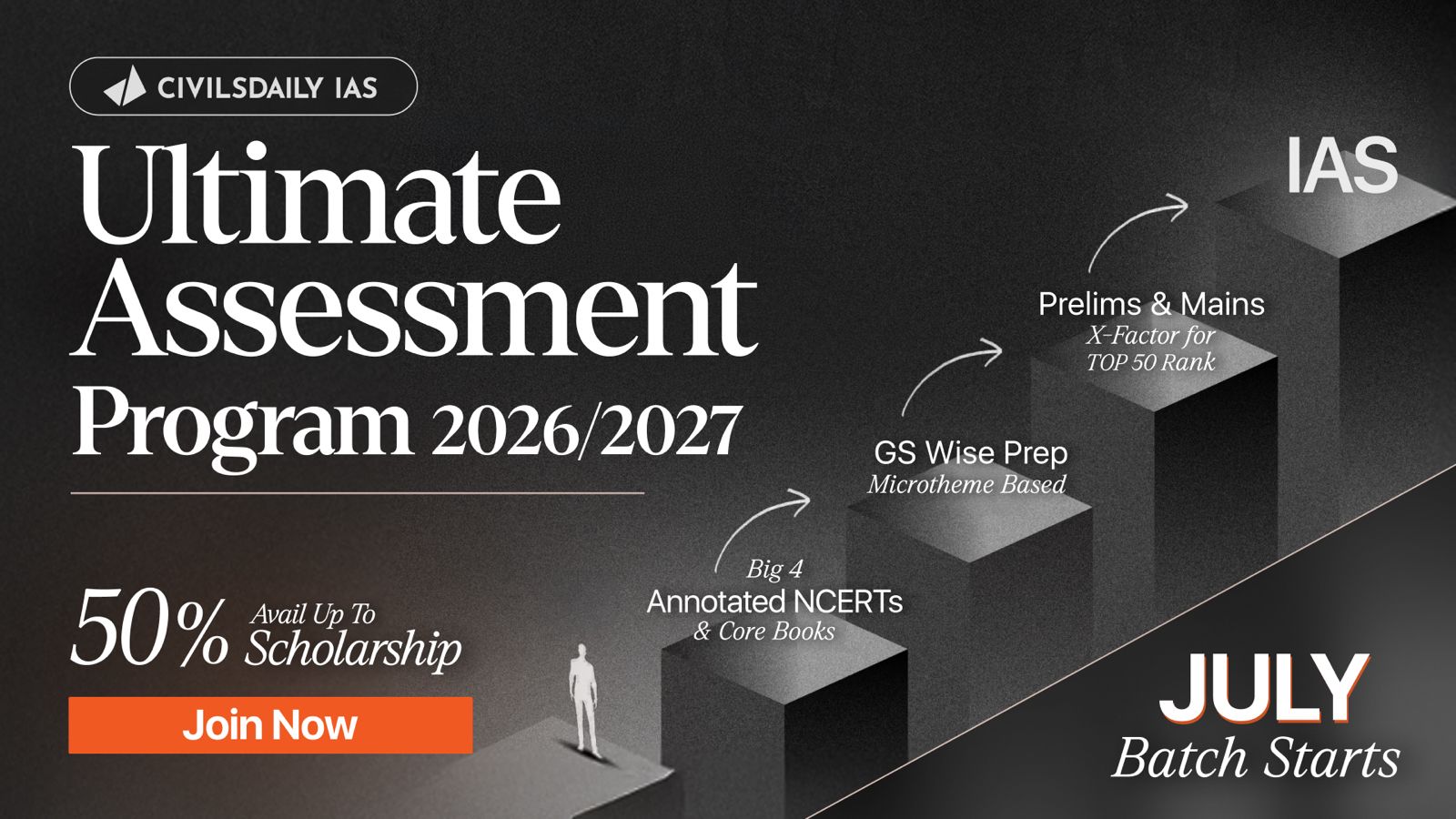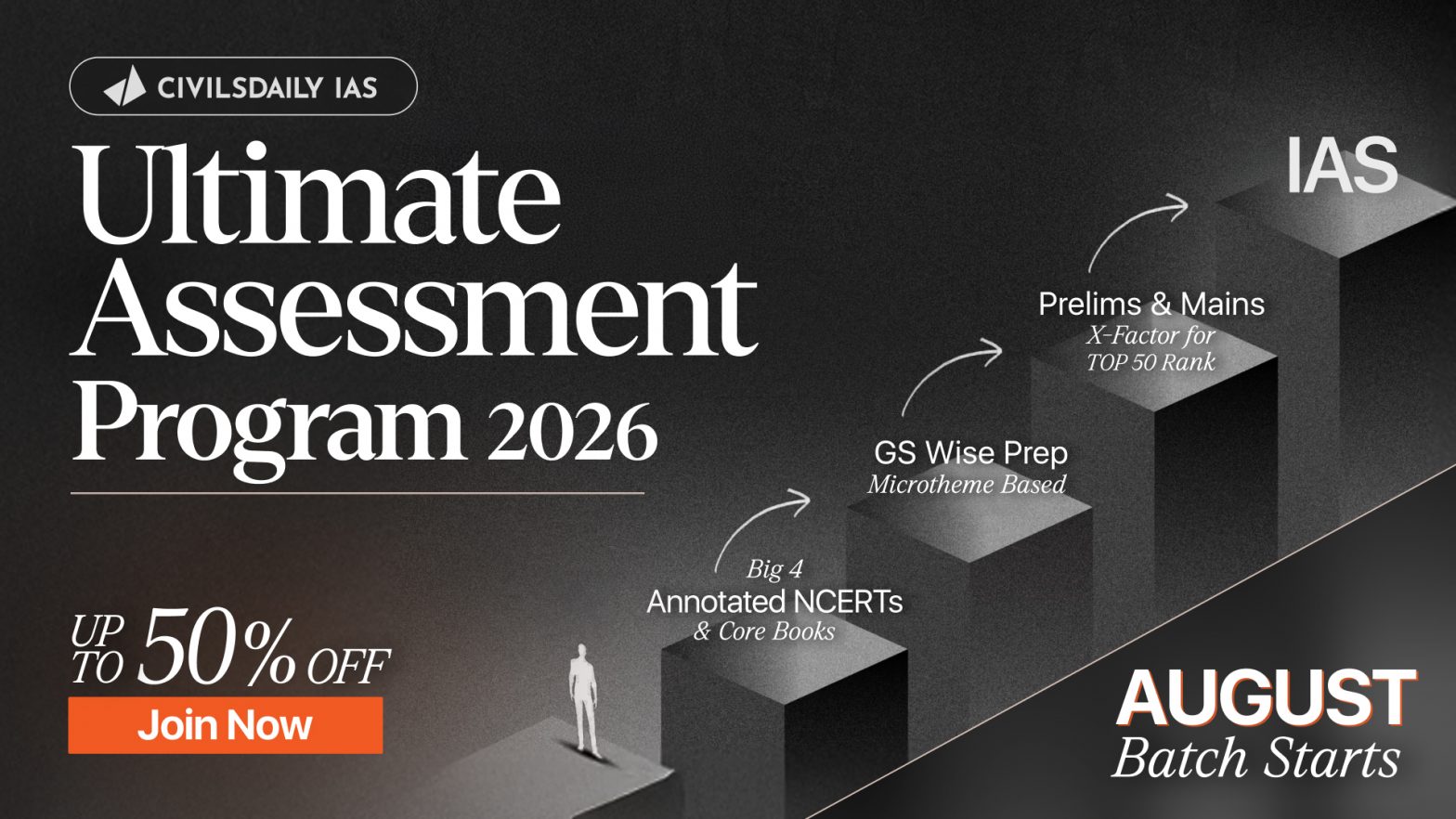


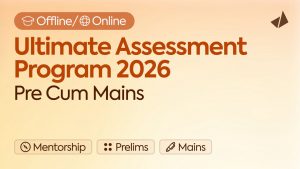


Burning IssuesInterview ProgramMotivation BytesPrelims DailyPrevious Year Question PaperProgram LaunchRanker WebinarsThe Hindu Op-edToppers TestimonialsUPSC Mains Topic-Wise PYQsUPSC PreparationUPSC SyllabusX Factor Notes
21st September
Monetary Policy tools and Money Supply in India
RBI Tools for Controlling Credit/Money Supply Broadly speaking, there are two types of methods of controlling credit. Bank Rate Policy Bank rate is the minimum rate at which the central bank of a country provides a loan to the commercial bank of the country. Bank rate is also called discount rate because the central bank… Continue reading Monetary Policy tools and Money Supply in India
Monetary Policy in India: Inflation, deflation, Recessionary and Inflationary Scenarios
How Monetary Policy Works The Inflation The Deflation How RBI Controls Recession The Recessionary Scenario The Relationship between Interest Rate and Bond Prices. The Bond Price and Interest Rate always have an inverse relationship with each other. How RBI Controls Inflation The Inflationary Scenario By Himanshu Arora Doctoral Scholar in Economics & Senior Research… Continue reading Monetary Policy in India: Inflation, deflation, Recessionary and Inflationary Scenarios
Central Banking in India: Functions of RBI
Central Banking in India Key Facts: In the monetary system of all countries, the central bank occupies a most important place. The Central Bank is an apex institution of the monetary system which regulates the functioning of the commercial banks of a country. The Central Bank of India is ‘Reserve Bank of India’. A Central… Continue reading Central Banking in India: Functions of RBI
Monetary Economics: Barter System, Definition, Function and Evolution of Money
The Barter System Money as a medium of exchange was not used in the early history of mankind. Exchange of the goods was not very frequent as households were self-sufficient. Whatever exchange took place between the households was in the form of barter, that is, exchange of goods for other goods. The barter system does… Continue reading Monetary Economics: Barter System, Definition, Function and Evolution of Money
Citizen’s Charter: Importance, Objective, Features, Problems faced in implementation, Guidelines
In any nation, there is a need of good governance for sustainable development, both economic and social. The three major aspects highlighted in good governance are transparency, accountability and responsiveness of the administration. What is Citizen’s Charter? Citizens’ Charters initiative is a response to the mission for solving the problems which a citizen meets, day… Continue reading Citizen’s Charter: Importance, Objective, Features, Problems faced in implementation, Guidelines
The Cost of Inflation
The Cost of Inflation The inflation is considered to be bad for an economy mainly because it destroys the purchasing power of the money. When Price rise, each Rupee that you had will but less quantity of goods and services. Therefore, inflation destroys the real income of the people and makes them worse off. The… Continue reading The Cost of Inflation
Types of Inflation: Demand Pull, Cost Push, Stagflation, Structural Inflation, Deflation and Disinflation
This is a key topic for UPSC aspirants, as understanding the types of inflation in India is essential for economics and current affairs sections. Types of Inflation In India In India, inflation can be classified into the following types: Demand-Pull Inflation: This happens when there’s excessive demand for goods and services, often due to increased… Continue reading Types of Inflation: Demand Pull, Cost Push, Stagflation, Structural Inflation, Deflation and Disinflation
Inflation in India: CPI, WPI, GDP Deflator, Inflation Rate
Inflation in India Understanding Inflation Back to Basics: In 1947, when India got independence, the Indian economy was suffering from low growth, poverty and resource shortages. The salary of an average Indian was very low. Ask your Grand Parents ‘how much they use to earn in the 1950’s? Today, an average Indian earns 100 times… Continue reading Inflation in India: CPI, WPI, GDP Deflator, Inflation Rate
Salient features of the Representation of People’s Act
Prominent features of the Representation of People’s Act Qualifications for MPs & MLAs mentioned in RPA, 1951, Election notification and disqualification for voting Procedure of registration of political parties with election commission Process of election to Parliament, State Legislatures in India Administrative machinery for the conduct of elections Model Code of Conduct: Evolution, Enforcement, Effects,… Continue reading Salient features of the Representation of People’s Act
Electoral reform decisions by Supreme Court
The following Supreme Court judgments were directed towards bringing electoral reforms: 1. Persons in Custody to be debarred from contesting elections As per the 2004 judgment of the Patna High Court in Jan Chaukidari v Union of India — upheld by the Supreme Court on 10 July 2013— all those in lawful police or judicial… Continue reading Electoral reform decisions by Supreme Court
Model Code of Conduct: Evolution, Enforcement, Effects, Legal Status
Free and fair elections form the bedrock of democracy. This envisages a level playing field for the contestants and an equal opportunity for all parties for presenting their policies and programmes to voters. In this context, the Model Code of Conduct (MCC) gains relevance. The need for MCC is felt for the following reasons: to… Continue reading Model Code of Conduct: Evolution, Enforcement, Effects, Legal Status
Administrative machinery for the conduct of elections in India
Part IV provide for delegation of functions of Election Commission i.e. the functions of the Election Commission under the Constitution, the Representation of the People Act, 1950, and Representation of the People Act, 1951 Act or under the rules made there under may be performed also by a Deputy Election Commissioner or by the Secretary… Continue reading Administrative machinery for the conduct of elections in India
Process of election to Parliament, State Legislatures in India
When the term of the legislature is over, or the legislature has been dissolved and new elections have been called, the Election Commission puts into effect the machinery for holding an election. In case of Lok Sabha elections have to be concluded before the limit of 6 months that is stated by the Constitution as… Continue reading Process of election to Parliament, State Legislatures in India
Procedure of registration of political parties with Election Commission
Any association or body of individual citizens of India calling itself a political party should make an application to the Election Commission for its registration as a political party. Every such application, duly signed by the Chief Executive Officer of the association or body (Secretary or any other designation) must be presented to the Secretary… Continue reading Procedure of registration of political parties with Election Commission
Qualifications for MPs & MLAs mentioned in RPA, 1951, Election notification and disqualification for voting
Chapter-I and Chapter-II of Part II of RPA, 1951 provides for qualifications for Members of Parliament (MPs) and Members of State Legislature (MLAs), which can be discussed under following heads: Qualifications for Membership of Parliament Qualification for membership of the Council of States (section 3 of RPA, 1951) A person has to be an elector… Continue reading Qualifications for MPs & MLAs mentioned in RPA, 1951, Election notification and disqualification for voting
Prominent features of the Representation of People’s Act
Elections form the support of Indian Democratic system. Indian democratic setup gives on us the right to elect the representatives of the state. The Representation of People Act, 1951 is an act of Parliament of India which provides the conduct of elections of the Houses of Parliament and to the House or Houses of the… Continue reading Prominent features of the Representation of People’s Act
Statutory, Regulatory & various Quasi-judicial bodies
Statutory Bodies: Establishment, Functions, Examples Regulatory Bodies: Establishment, Functions, Examples Quasi-Judicial Bodies: Establishment, Functions Quasi-judicial Action vs. Administrative Action, Important Quasi-Judicial bodies Tribunals: Establishment, Evolution, Characteristics, Categories National Consumer Disputes Redressal Commission: Establishment, Powers Lok Adalats: Origin, Evolution, Jurisdiction, Powers National Human Rights Commission of India: Establishment, Composition, Functions Central Vigilance Commission (CVC): Purpose, Functions Central… Continue reading Statutory, Regulatory & various Quasi-judicial bodies
Law Commission of India: Establishment, Functioning
Law Commission is an executive body that is intended to work for legal improvement. The members of the commission are mainly legal experts, who work as per the government’s mandate. The Commission is established for a fixed tenure and works as an advisory body to the Law Ministry. The first Law Commission was established during… Continue reading Law Commission of India: Establishment, Functioning
Commission of Railway Safety: Aim, Functions
This Commission works under the control of the Ministry of Civil Aviation, the Government of India which administrates its functioning and crosschecking developments. Aim Major aim to establish the Commission of Railway Safety was to ensure the aspects related to rail travel safety and its operation. The Commission also looks at the specific constitutional functions… Continue reading Commission of Railway Safety: Aim, Functions
National Commission on Farmers: Composition, Mandate
The National Commission on Farmers (NCF) has great significance since its inception. Its major aim is to benefit the farmer’s community in this country. This Commission has played several active roles to guide Indian farmers to organize them for an additional productivity and output through applying the innovating farming options. Creation of National Commission on… Continue reading National Commission on Farmers: Composition, Mandate
Slide Anything shortcode error: A valid ID has not been provided
